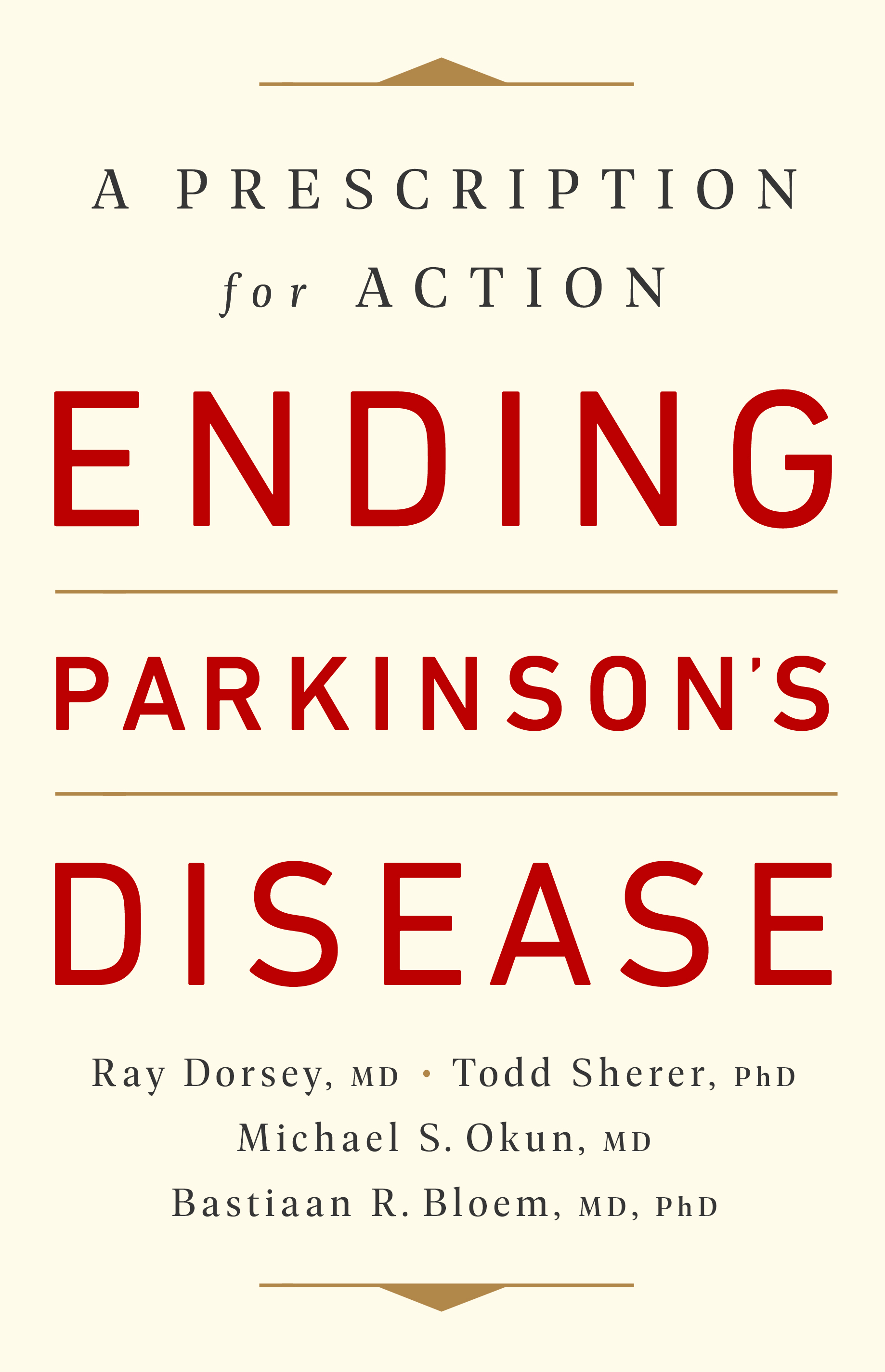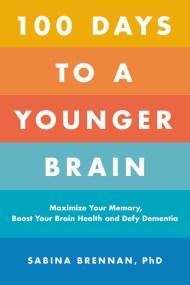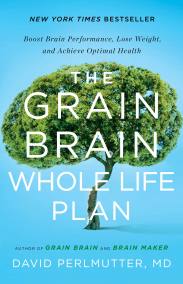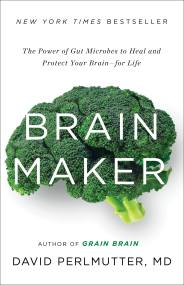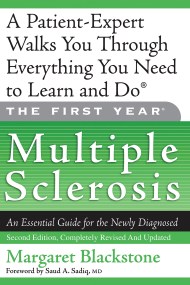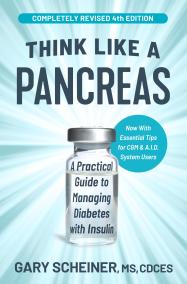By clicking “Accept,” you agree to the use of cookies and similar technologies on your device as set forth in our Cookie Policy and our Privacy Policy. Please note that certain cookies are essential for this website to function properly and do not require user consent to be deployed.
Ending Parkinson’s Disease
A Prescription for Action
Contributors
Read by Alex Hyde-White
Formats and Prices
- On Sale
- Mar 17, 2020
- Publisher
- Hachette Audio
- ISBN-13
- 9781549123528
Format
Format:
- Audiobook Download (Unabridged)
- ebook $13.99 $17.99 CAD
- Trade Paperback $19.99 $25.99 CAD
Buy from Other Retailers:
In this “must-read” guide (Lonnie Ali), four leading doctors and advocates offer a bold action plan to prevent, care for, and treat Parkinson’s disease-one of the great health challenges of our time.
In Ending Parkinson’s Disease, four top experts provide a plan to help prevent Parkinson’s, improve care and treatment, and end the silence associated with this devastating disease.
-
"Over the next 25 years, the number of people with Parkinson's disease is expected to double to at least 12.9 million. With its forecasted exponential rise, most of us will either be affected personally within our own families or know someone with the disease. This book is a must-read for all of us who are or might be affected. It pulls no punches with regard to the seriousness of this emerging pandemic, and its common-sense environmental approaches and precautions, if implemented, will abate the spread of this insidious disease. I know this to be true. I lived it."Lonnie Ali
-
"This book offers a clear pathway forward - while sounding out a resounding clarion alarm; prompting action - that we should all pay heed to!"Davis Phinney, Founder, Davis Phinney Foundation for Parkinson's
-
"This book shines a light on the environmental factors that put us all at risk for the disease. As a person with Parkinson's and as a father, I hope we will take the urgent action outlined in this important book to stop the growing number of people who will receive a diagnosis."Brian Grant, former NBA player and Founder of the Brian Grant Foundation
-
"This book shines an essential spotlight on the need to end Parkinson's, illuminating the key issues we are all facing. It is the role of everyone in the Parkinson's community, patients, researchers, clinicians and advocates, to share this book and ensure that the authors' voices are heard."Helen Matthews, Deputy CEO, The Cure Parkinson's Trust
-
"Parkinson's disease is not one disease but rather a collection of many with different contributing factors, and it satisfies many of the criteria of a pandemic. While the authors of Ending Parkinson's Disease are hopeful about making patients' lives better, their real passion is clearly centered around preventing people from ever having to face the disease in the first place. The book is a real eye-opener for people with Parkinson's, caretakers, and healthcare professionals, and should be used by activists all over the world in their discussions with politicians, policy makers and budget holders."Susanna Lindvall, vice president, European Parkinson's Disease Association, EPDA
-
"A provocative read. It will certainly encourage you to consider what more you can be doing in the fight against Parkinson's Disease."Leslie Chambers, MSPH, President and CEO of American Parkinson Disease Association (APDA)
Newsletter Signup
By clicking ‘Sign Up,’ I acknowledge that I have read and agree to Hachette Book Group’s Privacy Policy and Terms of Use

